A big change in US immigration policy is set to hit thousands of those working in America.
From October 30, 2025, the US Department of Homeland Security (DHS) will stop automatically extending certain work permits, officially known as Employment Authorisation Documents (EADs), for people waiting on their renewal.
Until now, workers could keep their jobs for months while their paperwork was being processed. But with this new rule, many might be forced to take a break from work, creating uncertainty for professionals, including many Indians and H-1B spouses who depend on these permits to stay employed in the US.
Here’s what we know about the new rule
What is the new change?
The US government has rolled back a key immigration rule that once made life easier for thousands of foreign workers.
Earlier, under a policy introduced during the Biden administration, immigrants could continue working in the US for up to 540 days after their work permits expired — as long as they had applied for renewal on time, belonged to an eligible EAD category, and their permit details matched the category mentioned on their renewal receipt.
But starting Thursday, that automatic extension will end. Now, every worker will have to undergo a fresh round of screening and vetting before their permit is renewed.
“There are limited exceptions to this rule, including extensions provided by law or through a Federal Register notice for TPS-related employment documentation,” the DHS clarified.
The government says the new rule aims to tighten background checks and prevent misuse. It claims that more frequent reviews will help US Citizenship and Immigration Services (USCIS) “deter fraud and detect aliens with potentially harmful intent.”
Describing the move as a “common sense” step, USCIS Director Joseph Edlow said that working in the United States is a “privilege, not a right.”
The USCIS has also advised immigrants to plan ahead and file their EAD renewals at least 180 days before expiry. “The longer an alien waits to file an EAD renewal application, the more likely it is that they may experience a temporary lapse in their employment authorisation or documentation,” the agency warned.
Having an EAD (Form I-766/EAD) is a way to prove that an individual is authorised to work in the US for a specific time period.
Who will be impacted?
The new rule is likely to hit Indian professionals — particularly those stuck in long green card queues, H-4 visa holders who rely on work permits, and students on STEM extensions. It will also affect employment-based green card applicants who need to keep renewing their authorisations while waiting for permanent residency.
“This rule represents a major shift in how employment authorisation renewals are handled in the US,” Henry Lindpere, senior counsel for immigration law at Manifest Law, told Hindustan Times. “The most common categories where Indians will see an impact include students on OPT applying for the STEM OPT extension, H-4 spouses of H-1B holders, and adjustment of status applicants.”
Labour experts say companies are equally worried. Shanon Stevenson, a partner at labour and employment firm Fisher Phillips, told HR Dive that the sudden policy shift could cause major disruptions.
“This will end up having a huge impact on companies who are likely to face labour shortages as their foreign nationals will no longer be authorised to work without the automatic 540-day extension,” Stevenson said.
Also read: Are more H1-B restrictions coming after the $100,000 visa fee?
What’s next?
The new rule officially kicks in on Thursday, marking the end of automatic work permit renewals in the US.
The USCIS said it expects that with fewer people being granted work permits automatically, officers will have more time to review each case thoroughly. The agency believes this could help speed up processing in the long run, but it also admitted that delays are likely to continue for now.
Currently, USCIS processing times for work permit renewals vary greatly, ranging from three to 12 months depending on the applicant’s visa category and location, according to agency data.
This means that thousands of workers on temporary visas could find themselves stuck in limbo while waiting for their renewal to come through. For both employees and employers, that uncertainty could possibly create disruptions in the months ahead.
With input from agencies


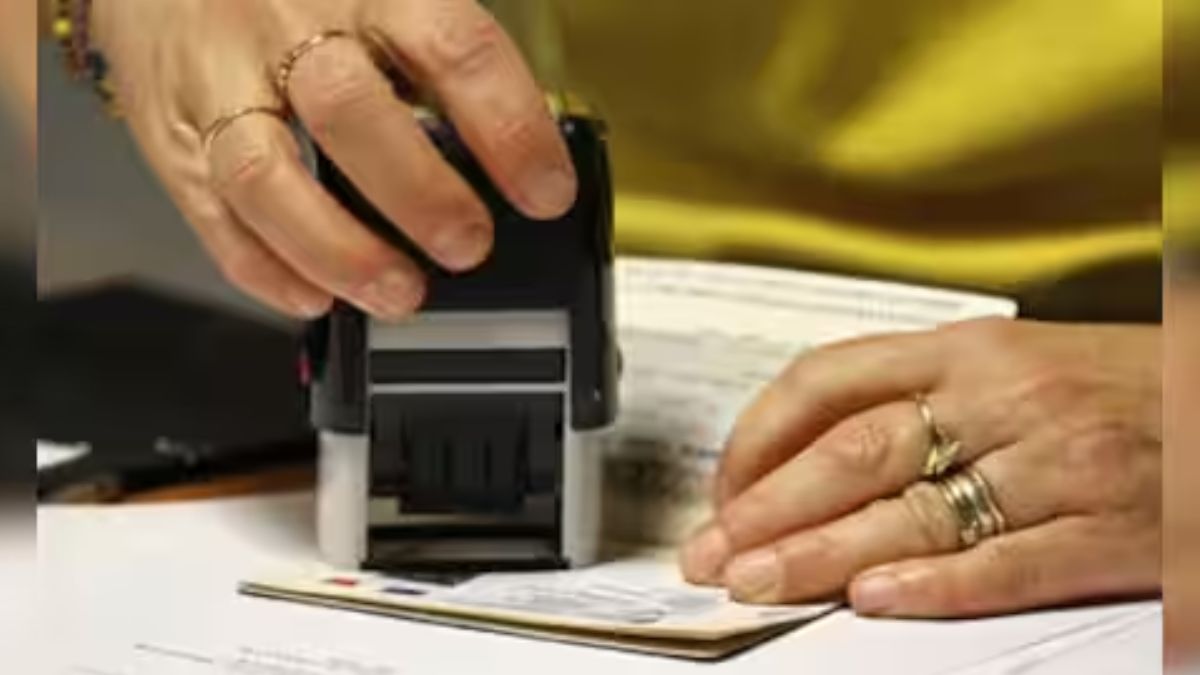)

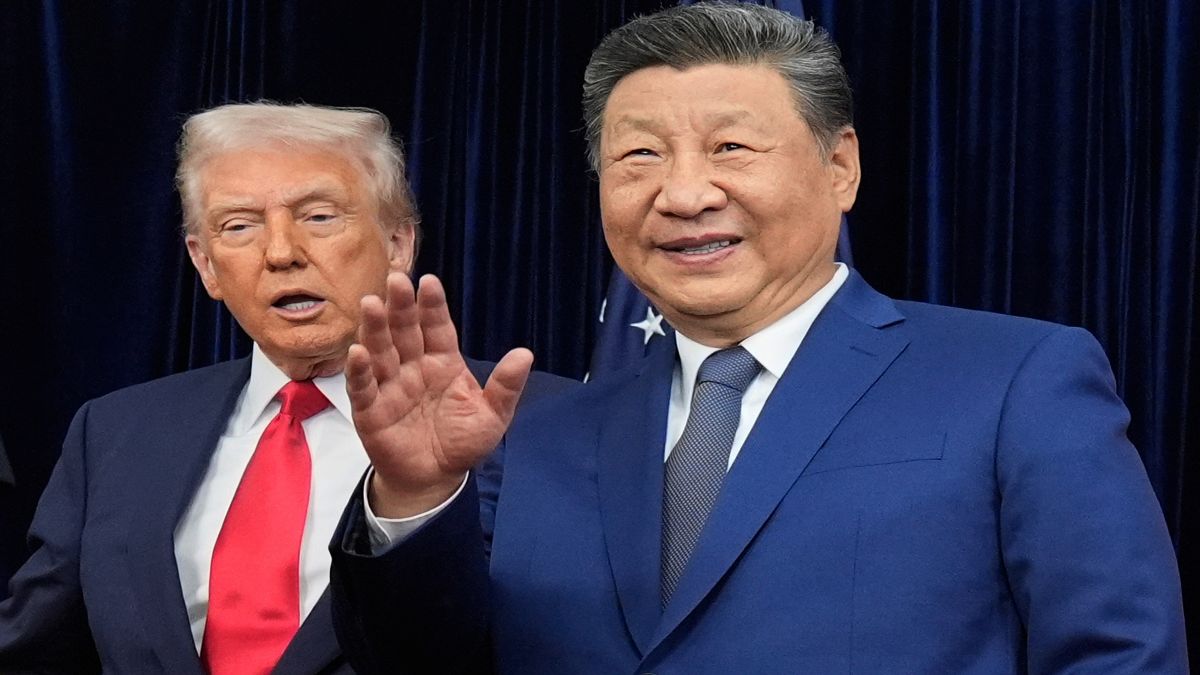)
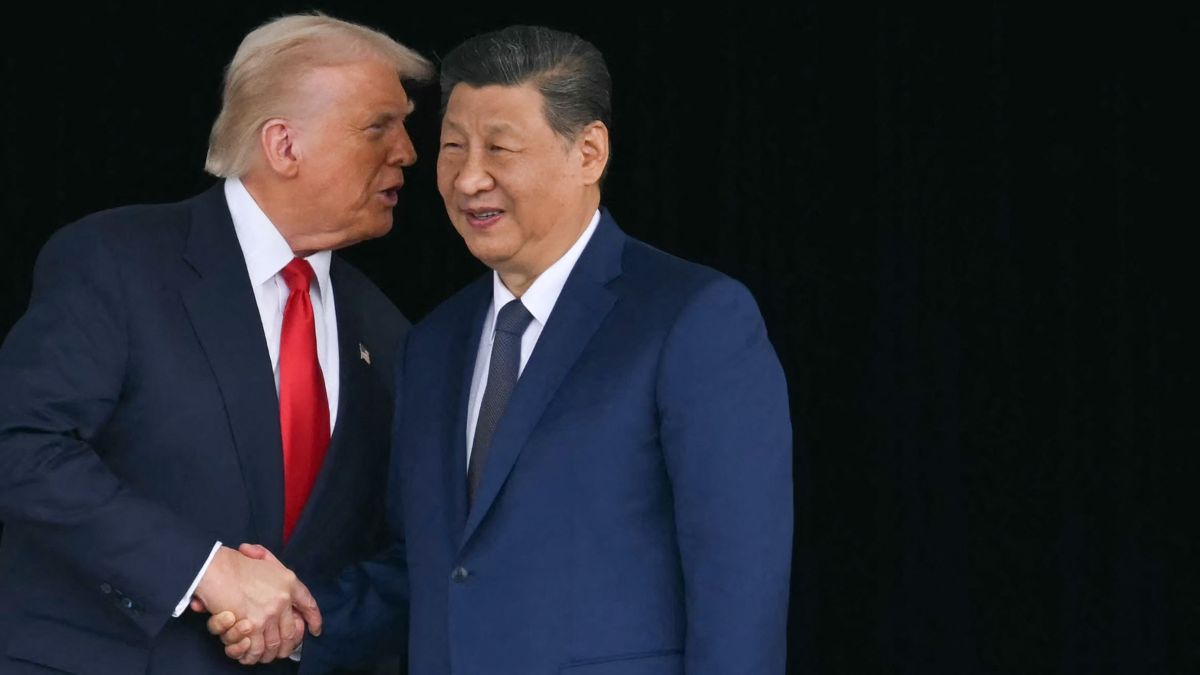)
)
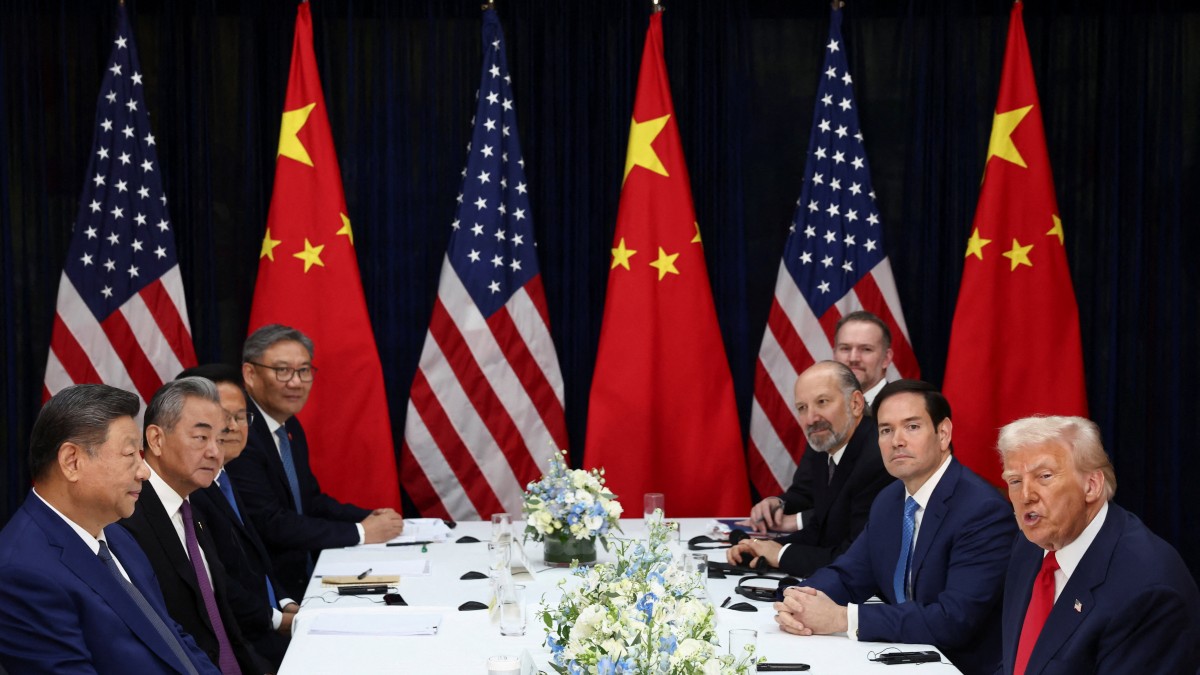)
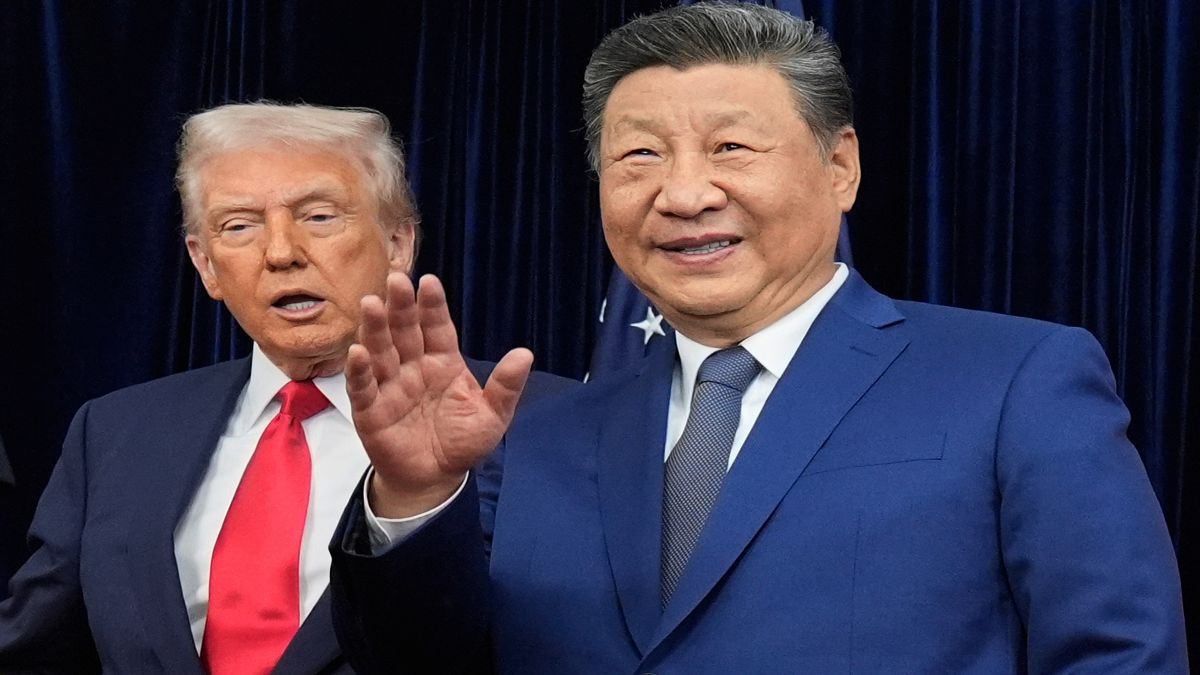)
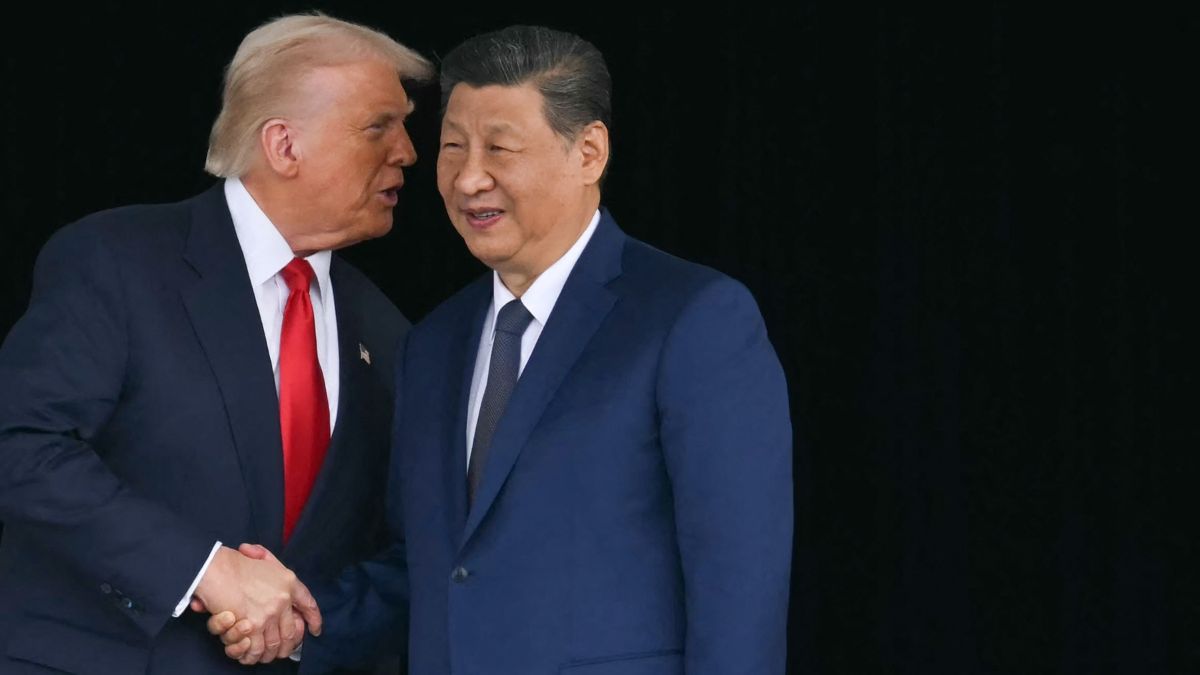)
)
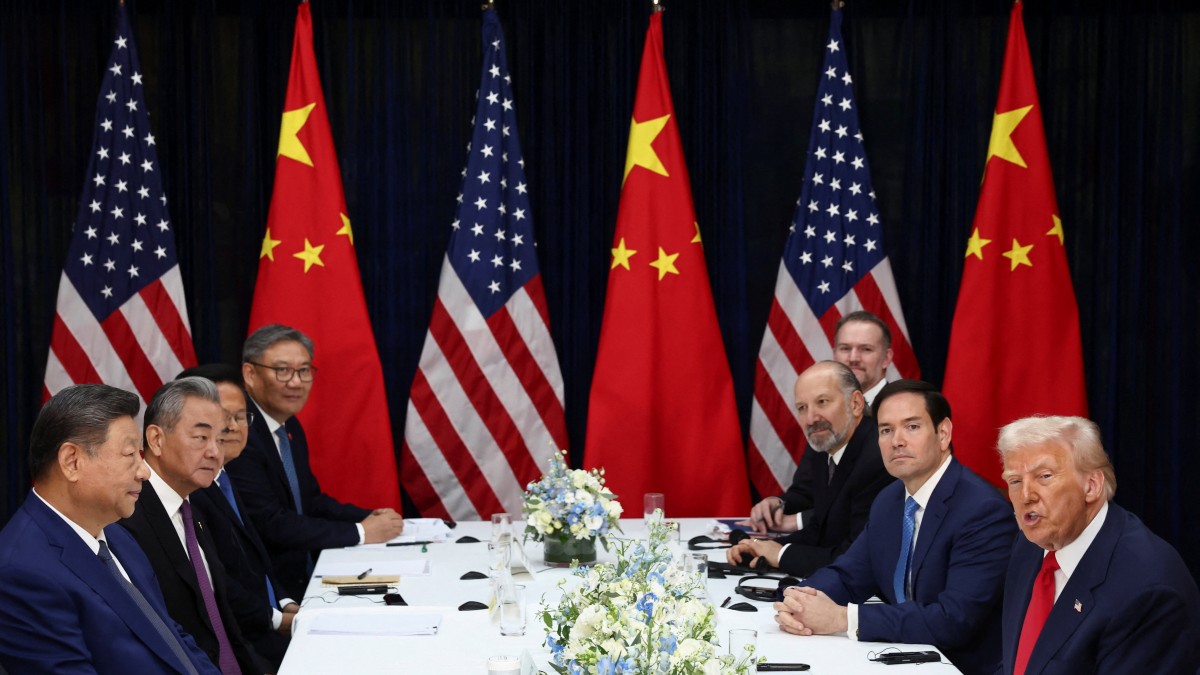)



